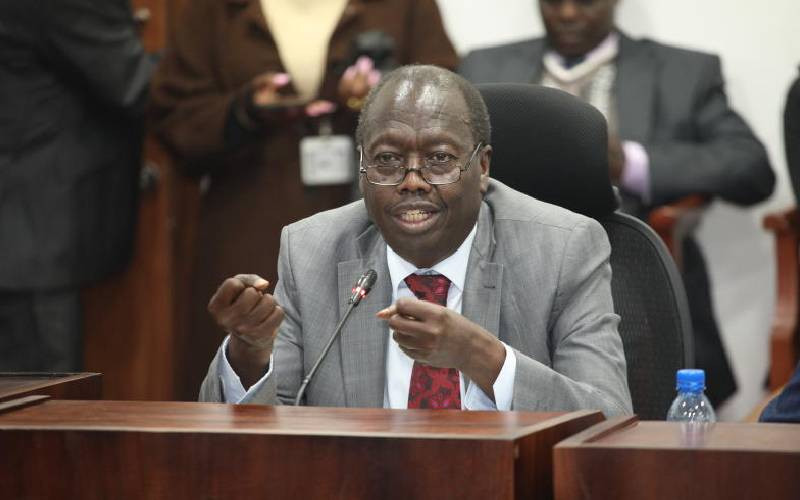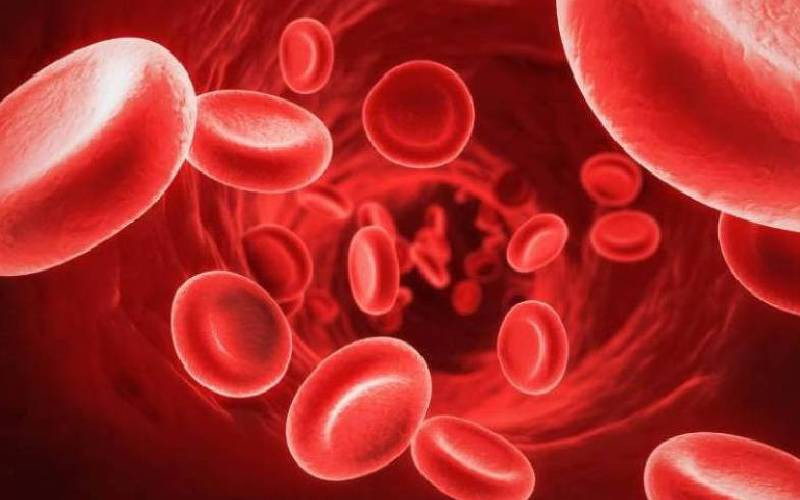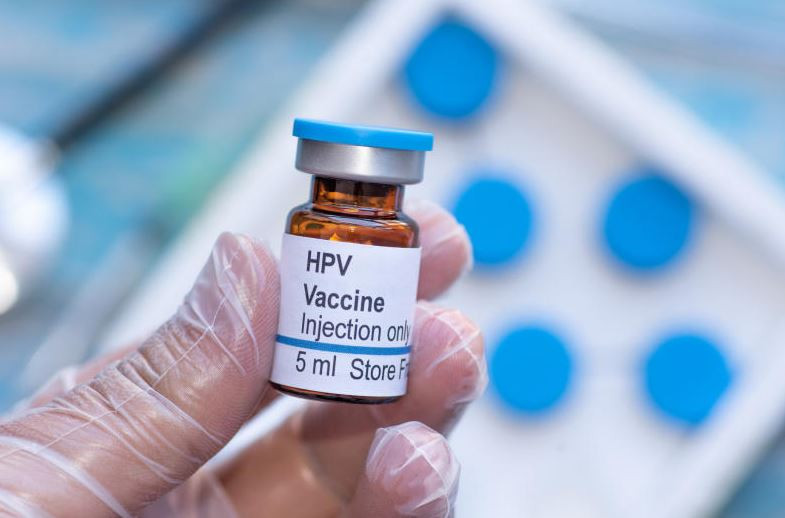When Fredrick Ikutwa was wheeled into the Nairobi Hospice 15 years ago, there was only one thing on the minds of his family members - to let him die in dignity.
His frail body told the story of a man ravaged by a rare form of cancer. His legs could no longer support his weight and his eyes disappeared into the sockets, giving him a ghostly look.
It was impossible to believe that a few years back he had been the darling of his family, providing for his three children.
He says the cancer changed his life.
Fear and uncertainty took hold of his life after his doctor told him nothing could be done about his condition.
What had started as a small itchy swelling on his arm had turned into a death sentence.
“I went to the doctor and I was told it is Kaposi’s sarcoma – a cancer that causes abnormal tissue growth on the skin," said Ikutwa. Within a short time, he had several wounds on his body and people got scared to move close to him.
"I was diagnosed with cancer in 2000, a time when even doctors did not understand the disease. It was a death sentence," he says.
Ikutwa further recalls how he spent every day in bed at his small house in Kibera. Despite being hooked on morphine to contain the pain, his body got so sensitive that even a blanket coming into contact with his skin would send searing pain into his entire being. "When the morphine wore off, I could feel pain from my toe nails to the strands of my hair," he says.
When his family realised his health was not improving, they took him to the hospice, where they had been told terminally ill patients are taken until they slip away into their death.
"I couldn't walk or talk. I stopped praying for healing and started accepting that I may not get healed after all," he said.
He did not die.
Ikutwa got treatment at the hospice, and now, 15 years later, he tells the tale of a change of destination in a journey he thought would lead to his grave.
Nairobi Hospice Chief Executive Officer Brigid Sirengo says most people have a misconception that when someone is taken to hospice and palliation care, they cannot walk out of it alive.
"They come when most people have written them off. Ours is to put life into their days; even if it is just one day," she says.
Working with the terminally ill for almost 25 years has exposed her to many family members who had given up on their loved ones. She said doctors help in propagating the myth that the hospice is a place where people go to die.

"Some patients come here and tell us doctors have told them since they are not responding to treatment, they should come here and wait for death," said Sirengo.
Josephine Njoki, 63, was diagnosed with cancer in 2012. She was living alone with her young granddaughter in Korogocho, struggling to make ends meet. She says after the first operation to remove her lymph nodes, the disease overwhelmed her.
"My neighbours said I was dying and somehow, I started believing them. When I decided to go to the hospice for palliative care, it was the only choice I had but I was so scared," said Njoki, choking with emotions.
But she says the treatment and care she got through the hospice healed her.
As she celebrates the first year of being cancer free, she says she has battled it in all the possible forms. However, she chooses to focus on her healing.
"I went to the hospice because I did not want to die alone. Now I am alive, completely healed," she said.
Esther Nafula, who works at the Nairobi Hospice, says even though the mortality rate is high at the hospice, it is such narratives that encourage her to keep caring for the terminally ill.
"The hospice is not a place where people die. It is where people are taken care of so that they enjoy the quality of life they have now; regardless of how far their illness has progressed," said Nafula.
For Truphena Jagemi, a mother of four, when the doctor came back from the laboratory and gave her results that indicated she had rectum cancer, she knew she was entering into the last chapter of her life.
She was immediately put on chemotherapy but after she completed the first round, the doctor delivered bad news again: The chemotherapy had not worked and she needed to start all over.
"That evening, I called my elder sister and told her to take care of my children. Everything was falling apart and happening too fast," she said, clasping her fingers as if trying to recollect a painful past – one that is now behind her.
She was staying in Kibera slums and had used all her money on the first round of chemotherapy. She could not afford another one. She remembers how at one time when overwhelmed with pain and fatigue, she went to a dispensary in the slum and it is there that the pharmacist referred her to the hospice.
Miraculous healing
"I was trembling in pain. He must have felt pity on me, so he directed me to the hospice. I was looking for anything that would make the pain go away," said Truphena.
The following day, she started her weary trudge to what she referred to as 'a scary and unknown place'. She did not know the location of the hospice and she laughs when she remembers the many times she got lost.
"When I finally found it, I was not sure if it is a place I would come out of alive."
She adds that people had given up on her long before she went to the hospice. She recalls many days she spent in hospitals alone. The most memorable to her was when she walked with an intravenous cannula jutting out of her arm while trying to fill the many forms she needed to be treated.
"Most people thought I was dying, so they never bothered. Sometimes all I needed was somebody to hold me and help me walk," she says.
Even though she is not completely healed of cancer because she cannot afford chemotherapy, she is now stronger and can do most activities that were previously difficult. To her, the biggest gain she has had from the hospice is restoration of hope, at a time when she was sinking into a mire of depression.
Gilbert Ogeto also walked into the hospice when everyone had written him off. A cancerous swelling was found in his right leg in 2008. He says he went for 42 rounds of radio therapy that left him weak, yet the cancer did not heal.
"I was a security officer and did not have finances to handle cancer. Honestly, I thought I would not make it," he says.
The doctor attending to him recommended the hospice when his condition failed to improve.
He describes his healing as a miracle and says he feels like he had a form of resurrection.
Anne Njeri, who has breast cancer, acknowledges that when a disease invades your body and people abandon you – the loneliness can tear you apart. But for her, the biggest victory is when you defy the odds and triumph over everything.
"I cannot wait for what this new year has for me," said Njeri with a laugh.
 The Standard Group Plc is a multi-media organization with investments in media
platforms spanning newspaper print
operations, television, radio broadcasting, digital and online services. The
Standard Group is recognized as a
leading multi-media house in Kenya with a key influence in matters of national
and international interest.
The Standard Group Plc is a multi-media organization with investments in media
platforms spanning newspaper print
operations, television, radio broadcasting, digital and online services. The
Standard Group is recognized as a
leading multi-media house in Kenya with a key influence in matters of national
and international interest.











